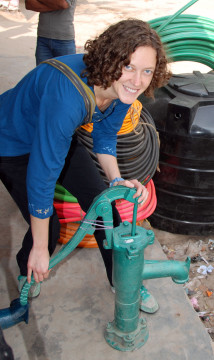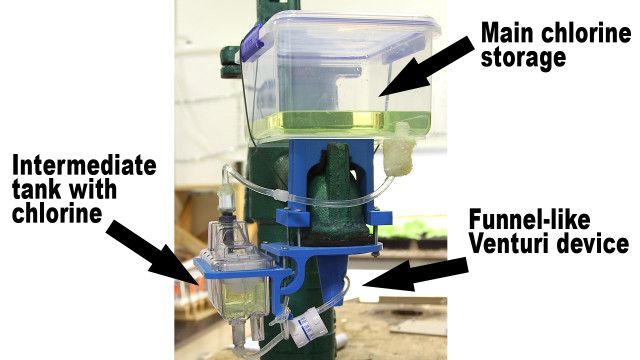Bangladesh -- a country just east of India on the Bay of Bengal -- is known for its lush, tropical environment and extensive river system. It’s capital, Dhaka, is the tenth largest city in the world and travel by boat and Rickshaw is a common way to get around town. While the waterways are an inviting lure to this populated city, water is also the source of many diseases, particularly in Dhaka’s crowded slums. Here, sewage can seep into low-pressure, old, leaky pipes that transport the town’s drinking water, exposing residents to harmful bacteria and viruses.
Drinking contaminated water can lead to diarrheal disease and sometimes even death. In fact, according to the World Health Organization, diarrhea is the second leading killer of children under five years of age worldwide, and it is often caused by contaminated water.
Dr. Stephen Luby, a professor of medicine at Stanford University and senior fellow at Stanford Woods Institute for the Environment, wanted to change that.
At the time, Luby was working at the U.S. Centers for Disease Control and Prevention in Bangladesh, and he was all too familiar with the number of people who were getting sick and dying from preventable waterborne diseases. In the developed world, big expensive water treatment plants clean drinking water. However, poorer countries, like Bangladesh, don’t have the resources to implement these treatment plants. Instead, residents have to clean their drinking water themselves using expensive or fragile filters, chlorine tablets or boiling the water. These types of strategies often prove difficult and cumbersome for residents.
“What that model asks, is to say ‘Let’s have the poorest people in the world each set up a water treatment plant in their home.’ That’s actually a big undertaking. And these are the folks who are already trying to figure out ‘How am I going to get enough money to pay rent and to feed my family?’” explains Luby.

Luby enlisted the help of Amy Pickering, a research associate at Stanford Woods Institute for the Environment and in the department of civil and environmental engineering at Stanford University. Along with Jenna Davis, a professor in the department of civil and environmental engineering at Stanford University and at the Stanford Woods Institute for the Environment, they were hoping to come up with a solution to clean contaminated water that was much cheaper than traditional centralized water treatment plants, but that didn’t require users to do any extra work. They call their effort the Lotus Water Project.
